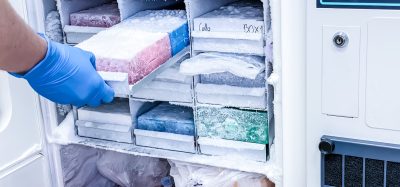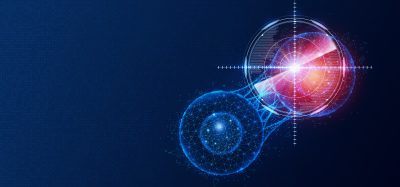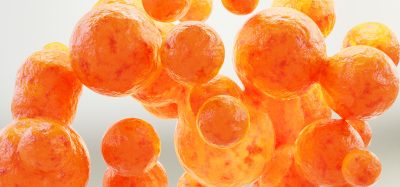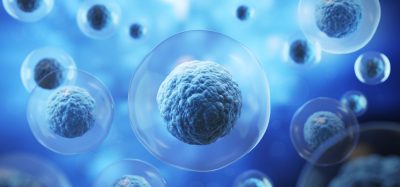Stem cell stimulation shown to improve stroke recovery
Posted: 2 July 2019 | Drug Target Review | No comments yet
Stem cell stimulation shows promise as a potential noninvasive stroke treatment.
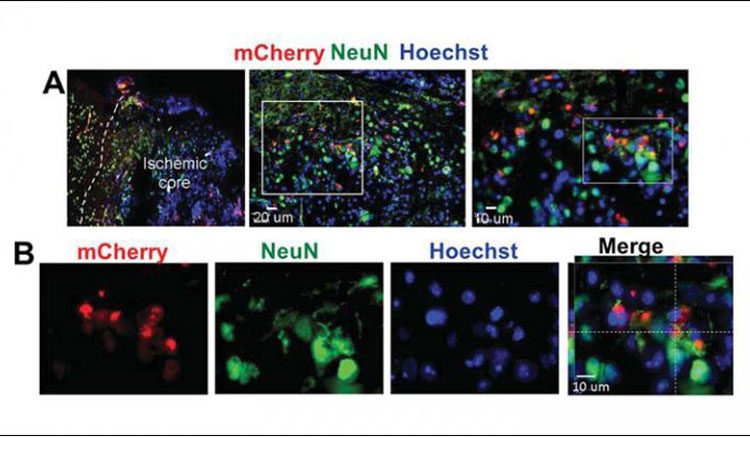

Transplanted stem cells grow into healthy neurons after stimulation (credit: Ping Yu et al., JNeurosci 2019).
According to new research in mice, stem cell stimulation shows promise as a potential noninvasive stroke treatment and if extended to humans, this technique could greatly improve patients’ quality of life.
Ling Wei, Shang Ping Yu, and colleagues at Emory University injected neural stem cells into the brains of mice after a stroke and activated the cells through nasal administration of a protein. The stem cells activated by this new, noninvasive technique called optochemogenetics grew healthier and formed more connections compared to the stem cells that did not receive stimulation.
Additionally, the mice that received both stem cells and stimulation displayed the most recovery, with some behaviours returning to pre-stroke levels.
The combination of stem cell injection and stimulation increased the likelihood of a successful stroke recovery in mice. Instead of just injecting stem cells in the damaged area of the brain, following up with stimulation creates an ideal environment for the cells to develop and form connections with surrounding neurons.
The research, ‘Optochemogenetics Stimulation of Transplanted iPS-NPCs Enhances Neuronal Repair and Functional Recovery after Ischemic Stroke’ was published in JNeurosci.
Related topics
Cell Cultures, Research & Development, Stem Cells
Related conditions
Stroke
Related organisations
Emory University
Related people
Ling Wei, Shang Ping Yu




